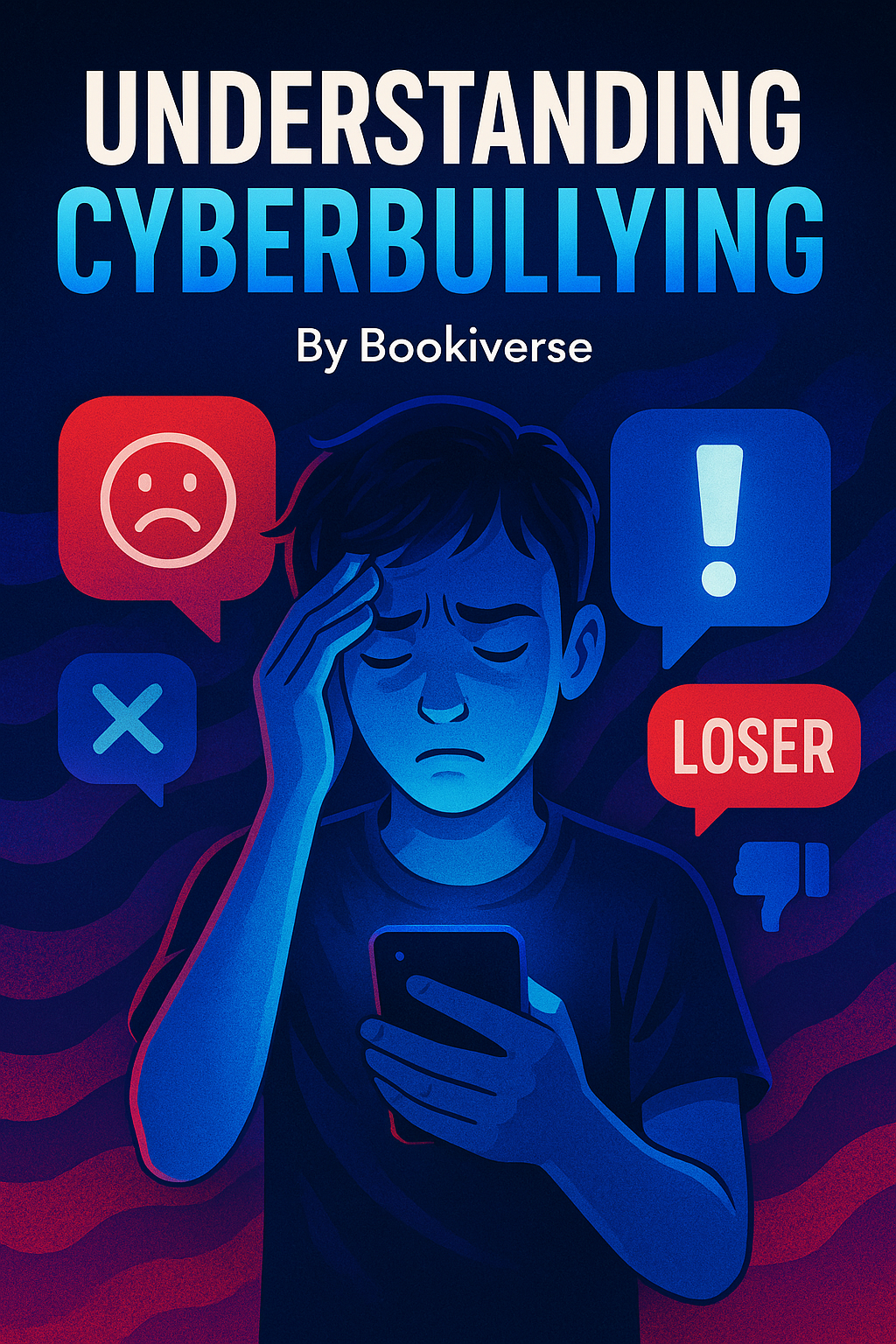In an era defined by the widespread use of digital technology and social media, a darker side of online interaction has emerged: cyberbullying. This form of bullying utilizes electronic communication—such as social networks, messaging apps, gaming platforms, and mobile phones—to intentionally harm, harass, or intimidate others. Unlike traditional bullying, cyberbullying transcends physical boundaries, making it a pervasive and often relentless issue, particularly among young people. Understanding its various forms, impact, and challenges is crucial for developing effective strategies to combat it.

CEFR C1 Level
Understand demanding texts & implicit meaning. Express ideas fluently.
Understanding Cyberbullying
Forms of Cyberbullying
Cyberbullying can manifest in numerous ways, often overlapping. Common forms include:
- Harassment: Sending offensive, rude, or insulting messages repeatedly.
- Denigration/Defamation: Spreading false rumours or posting harmful gossip online to damage someone's reputation.
- Impersonation: Hacking into someone's account or creating a fake profile to post embarrassing or damaging content while pretending to be them.
- Outing/Trickery: Sharing someone's private information, secrets, or embarrassing photos/videos without consent, sometimes after tricking them into revealing it.
- Exclusion: Intentionally leaving someone out of online groups, chats, or activities.
- Cyberstalking: Repeatedly sending threatening messages or monitoring someone's online activities, inducing fear.
The Impact on Victims
The consequences of cyberbullying can be profound and detrimental to a victim's mental and emotional well-being. Targets often experience heightened feelings of anxiety, depression, loneliness, and low self-esteem. The persistent nature of online harassment can make victims feel trapped and constantly under scrutiny, leading to social withdrawal and, in severe cases, thoughts of self-harm or suicide. Academic performance may also suffer as concentration becomes difficult and fear of social interaction increases. The emotional scars can be long-lasting, affecting relationships and trust well into adulthood.
Why Cyberbullying is Different
Cyberbullying possesses unique characteristics that distinguish it from face-to-face bullying. The potential for anonymity can embolden perpetrators, allowing them to say things they might not express in person. Furthermore, harmful content can spread rapidly to a vast audience online and can be difficult, if not impossible, to remove completely, creating a sense of permanence. Victims may feel there is no escape, as the bullying can reach them anytime, anywhere, invading even traditionally safe spaces like their home.
Perpetrators and Motivations
Individuals who engage in cyberbullying come from various backgrounds, and their motivations can be complex. Some may seek power or social status within their peer group, while others might act out of anger, jealousy, or a desire for revenge. The perceived anonymity and distance afforded by digital platforms can lower inhibitions and reduce empathy. Sometimes, individuals who have been victims of bullying themselves may become perpetrators in turn. Understanding these motivations, while not excusing the behavior, can inform prevention efforts.
Challenges in Addressing Cyberbullying
Tackling cyberbullying presents several significant challenges. Proving intent and identifying anonymous perpetrators can be difficult. The cross-jurisdictional nature of the internet complicates legal action when bullies and victims reside in different regions or countries. Social media platforms struggle with effective content moderation at scale, balancing free expression with user safety. Additionally, the often ephemeral nature of online content (e.g., disappearing messages) can make gathering evidence problematic for schools or authorities trying to intervene.
Strategies for Prevention and Intervention
A multifaceted approach is necessary to prevent and address cyberbullying effectively. Education plays a vital role, teaching young people about digital citizenship, online safety, empathy, and the potential consequences of their actions. Encouraging critical thinking about online content is also important. Schools, parents, and communities need to foster supportive environments where victims feel safe reporting incidents. Clear reporting mechanisms on online platforms and within educational institutions are essential, alongside prompt and appropriate intervention when bullying occurs.
The Role of Platforms and Legislation
Technology companies and social media platforms bear a significant responsibility in combating cyberbullying. This includes implementing robust content moderation policies, developing user-friendly reporting tools, and investing in technologies that can detect harmful content proactively. Legal frameworks also need to adapt to the realities of the digital age, providing clearer definitions of cyberbullying and ensuring appropriate legal consequences for perpetrators, while also protecting freedom of speech. Striking the right balance remains an ongoing societal debate.
Conclusion
Cyberbullying is a serious issue with damaging real-world consequences, demanding attention from individuals, families, educators, policymakers, and technology companies alike. It requires more than just technical solutions; it necessitates fostering a culture of respect, empathy, and responsibility in online spaces. Through education, open communication, effective reporting systems, and consistent support for victims, we can work towards mitigating the harm caused by cyberbullying and creating a safer, more positive digital environment for everyone.